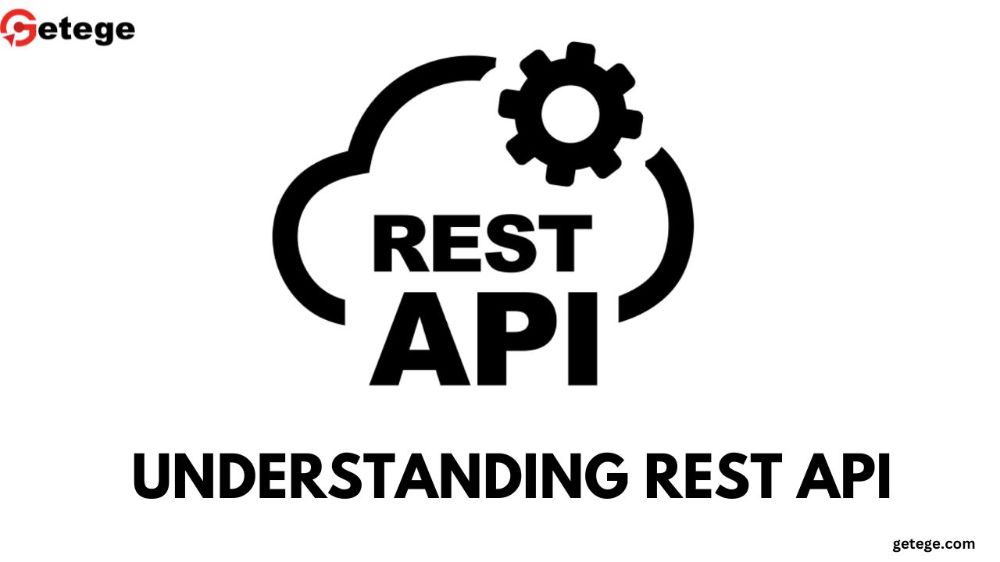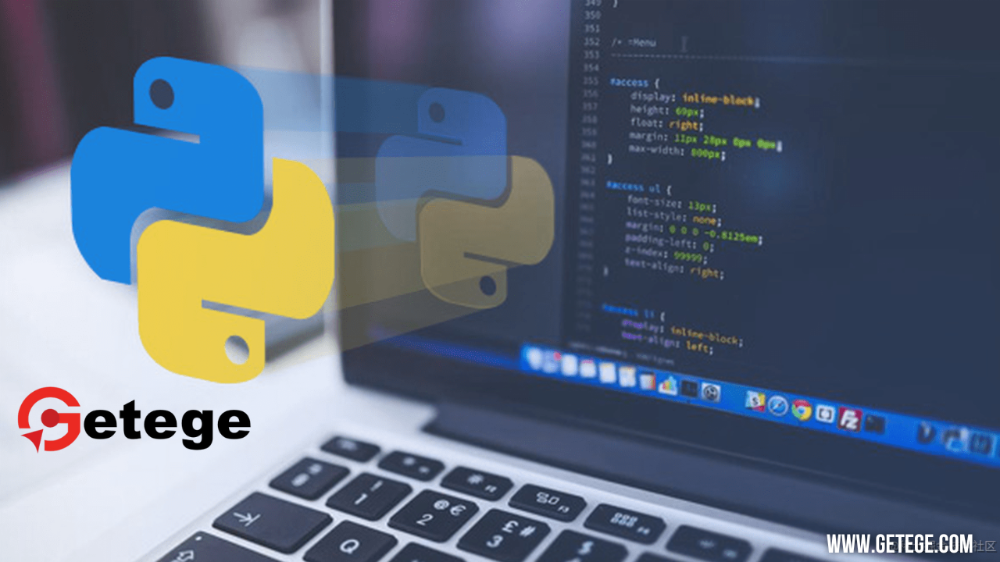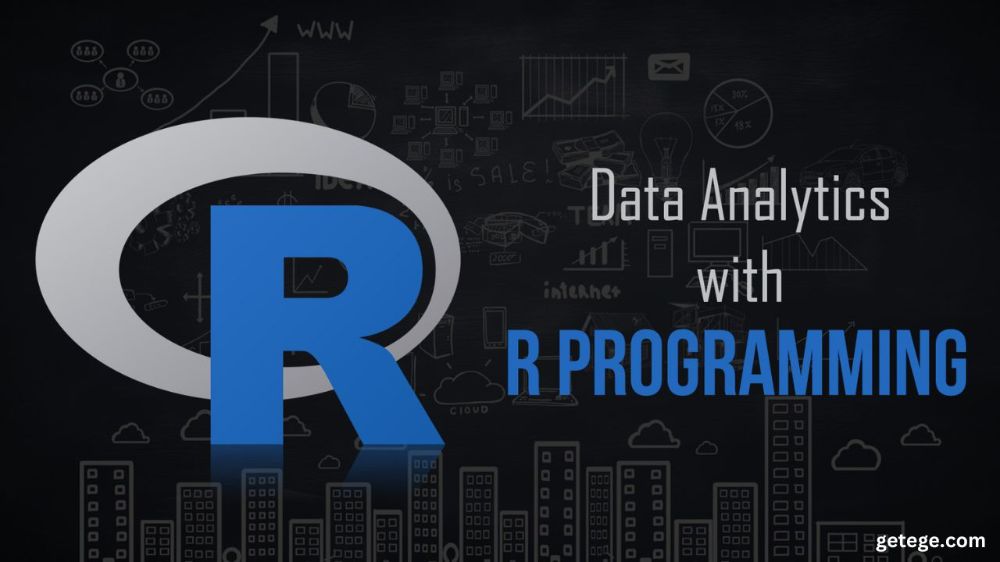Backend Development: Build Powerful Server-Side Systems
Backend Development plays a crucial role in building scalable, efficient, and secure web applications. While frontend development focuses on what users see, backend development powers everything behind the scenes, including databases, servers, and application logic. Backend development refers to the server-side of a web application, where the business logic, database management, and communication with the frontend take place. The backend is responsible for handling data storage, security, and user authentication, ensuring that the application runs smoothly and efficiently.
The backend developer’s role is to write code that connects the web application to a database, manage user requests, and ensure the site functions as expected. This is achieved using server-side languages, databases, and APIs (Application Programming Interfaces).
Key Technologies for Backend Development
There are several essential technologies that backend developers need to master.
Programming Languages: Some of the most popular backend programming languages include Python, Java, PHP, Ruby, and Node.js. Each language has its strengths and use cases, but they all serve the purpose of handling server-side logic, requests, and database interactions.
There are two types of databases: SQL (Structured Query Language) and NoSQL. Popular SQL databases include MySQL, PostgreSQL, and SQLite, while NoSQL databases include MongoDB and Cassandra.
APIs: APIs enable communication between different parts of a web application, such as the frontend and backend. They allow applications to send data and interact with external services. A backend developer often works with RESTful APIs or GraphQL to build efficient and flexible data exchanges.
Backend Frameworks
Backend frameworks provide a structure for building web applications, making development faster and more efficient. Some of the most widely used backend frameworks include:
Django: A Python-based framework known for its simplicity and speed. Django follows the “batteries-included” philosophy, providing tools for everything from routing to authentication.
Node.js with Express: A JavaScript runtime environment, Node.js is often paired with Express, a minimal framework for building fast, scalable web applications.
Spring Boot: A Java framework that simplifies the development of enterprise-level applications by providing a comprehensive set of features and configurations.
Ruby on Rails: A full-stack web application framework built on Ruby, known for its developer-friendly features and focus on convention over configuration.
The Role of a Backend Developer
The backend developer is responsible for ensuring that the server, database, and application communicate efficiently. Unlike frontend developers, backend developers work primarily with server-side logic, data processing, and application architecture. The key responsibilities include:
Database Management: Backend developers design and maintain databases to store application data securely and efficiently. This involves writing complex SQL queries, performing database migrations, and optimizing data retrieval for better performance.
Server-Side Logic: The core of a backend developer’s job is writing the logic that handles requests and sends the correct data to the frontend. This involves working with server-side programming languages to create APIs, manage user sessions, and handle business logic.
Security: Backend developers are responsible for ensuring that the web application is secure, implementing encryption, firewalls, and authentication protocols to protect sensitive user data.
Database Management: The Backbone of Backend Development
Databases are essential for any web application. Whether you're building an e-commerce site, a social media platform, or a content management system, you'll need a database to store and retrieve data such as user information, posts, and transactions.
As a backend developer, you must decide whether to use an SQL or NoSQL database based on the requirements of the application. SQL databases are best for structured data and complex queries, while NoSQL databases excel in handling unstructured data and scalability.
API Development: Facilitating Communication Between Systems
One of the most crucial tasks for a backend developer is building APIs that allow the frontend to communicate with the backend. APIs are responsible for data exchange, user authentication, and integration with third-party services. The two main types of APIs are REST and GraphQL:
RESTful APIs: REST is an architectural style that uses HTTP methods like GET, POST, PUT, and DELETE to interact with data. It’s simple to implement and widely used in modern web development.
GraphQL: A newer API technology, GraphQL allows clients to request exactly the data they need, making it more efficient and flexible than traditional REST APIs.
Essential Tools for Backend Development
To streamline the development process and ensure efficiency, backend developers rely on various tools:
1. Version Control Systems
Version control is critical for tracking changes in code and collaborating with other developers. Git is the most widely used version control system, allowing developers to manage code changes, collaborate on projects, and revert to previous versions if necessary.
2. Integrated Development Environments (IDEs)
A powerful IDE can make backend development easier by providing features like syntax highlighting, code completion, and debugging tools. Popular IDEs for backend developers include:
Visual Studio Code
PyCharm (for Python)
IntelliJ IDEA (for Java)
Sublime Text
3. Containerization and Virtualization Tools
Modern web applications are often built using microservices or containerized environments to enhance scalability and reliability. Tools like Docker allow backend developers to package applications into containers, making them easier to deploy and scale across different environments.
Building a Successful Career in Backend Development
A career in backend development offers numerous opportunities, but it requires continuous learning and a commitment to improving your skills. Here are a few steps to build a successful career as a backend developer:
1. Master Multiple Programming Languages
While it’s important to specialize in one programming language, learning multiple languages can open more doors in backend development. Start with a language like Python or JavaScript, then expand your skills to include Java, PHP, or Ruby.
2. Focus on Performance and Scalability
As a backend developer, you need to ensure that your application performs well under different levels of traffic. This means writing efficient code, optimizing database queries, and designing systems that can handle high traffic loads without slowing down.












